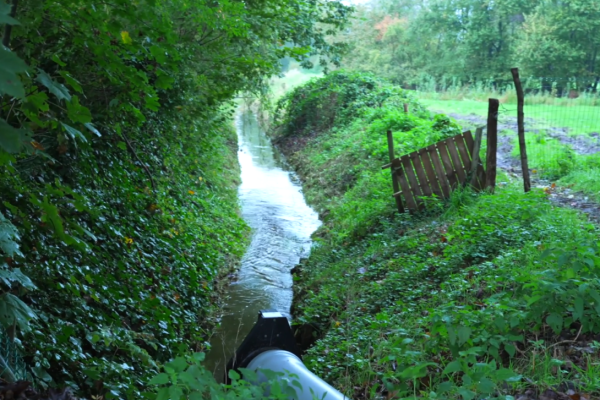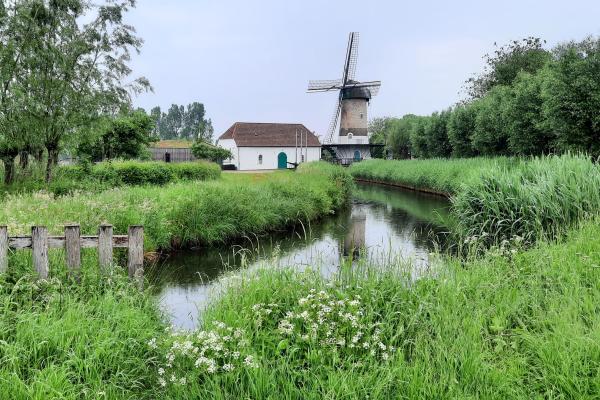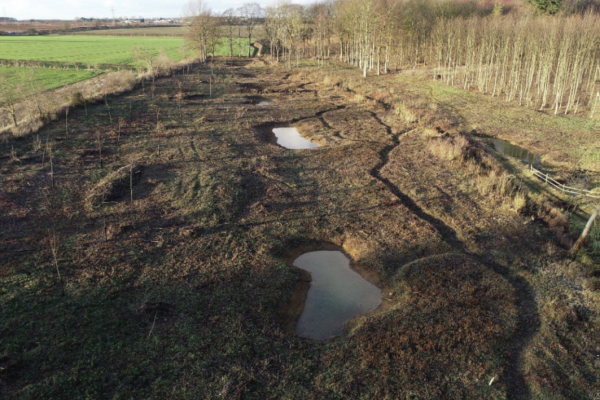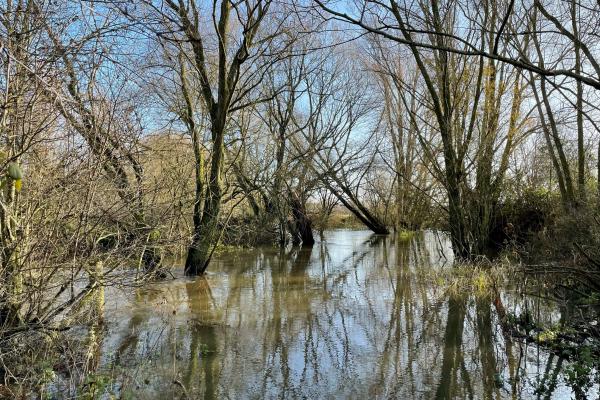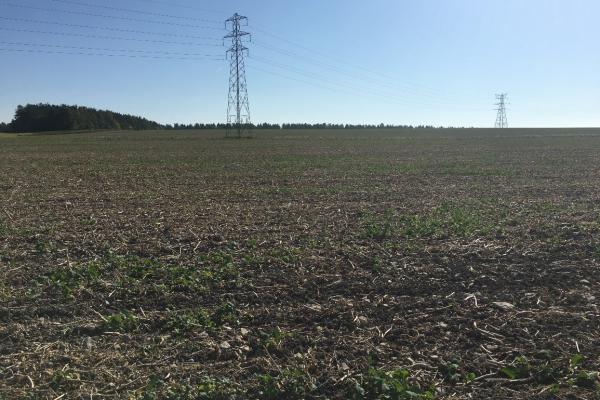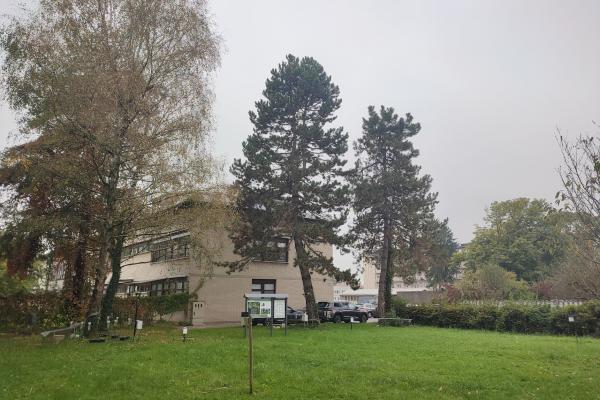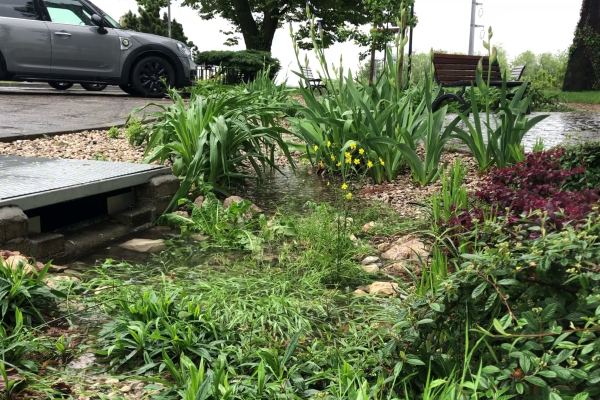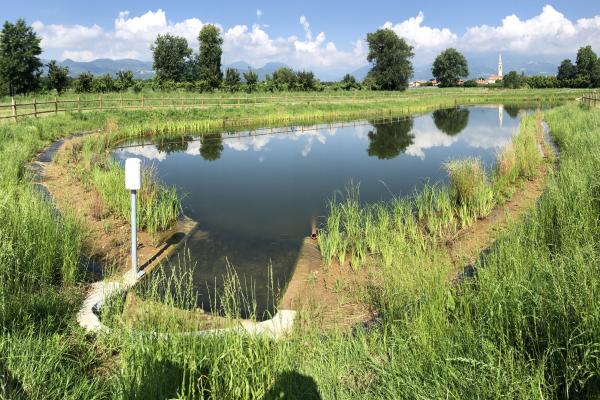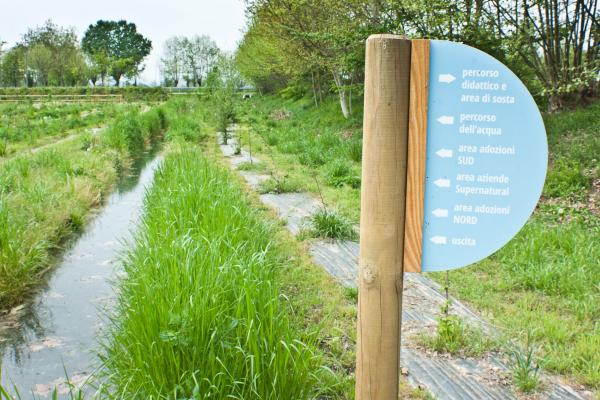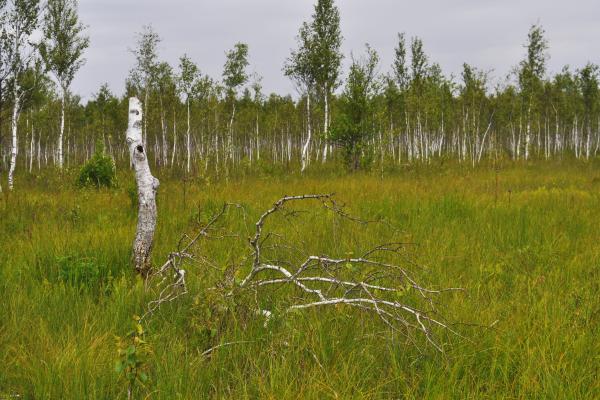A comprehensive assessment of sponge measures
SpongeScapes works with 14 case studies sites, measuring the effects of sponge measures on climate resilience. On these sites, sponge measures effects will be tested, and various indicators will be determined, using the results to design future sponge strategies at landscape scale.
As part of the project, we are also expanding the EU-level platform on natural water retention measures (nwrm.eu), which hosts a large collection of information and guidance from over 140 case studies across the EU.
Discover our 14 Case Studies
The 14 case studies range in stage of implementation and scale, with some providing over 40 years of monitoring data of measures (New Forest and Cole catchment in the United Kingdom) to recently implemented ones following local traditions (Kavouropotamos stream in Greece) or landscape scale areas still under study taking a strong stakeholder perspective into account (Chaamse Beken, Aa-dal Noord in the Netherlands, Evenlode catchment in the UK and Lèze catchement in France).
The case studies provide examples focusing on different sponge techniques ranging from focused infiltration for ground water recharge (Bosco Limite in Italy), soil improvements (Upper Thames agricultural sites in the UK) to surface water retention measures (sites in the municipality of Santorso in Italy), or combinations thereof (Upper Biebrza catchment in Poland). The Polish, French and Italian case studies are located in regions that signed the Mission Charter of the EU Mission on Climate Adaptation.
